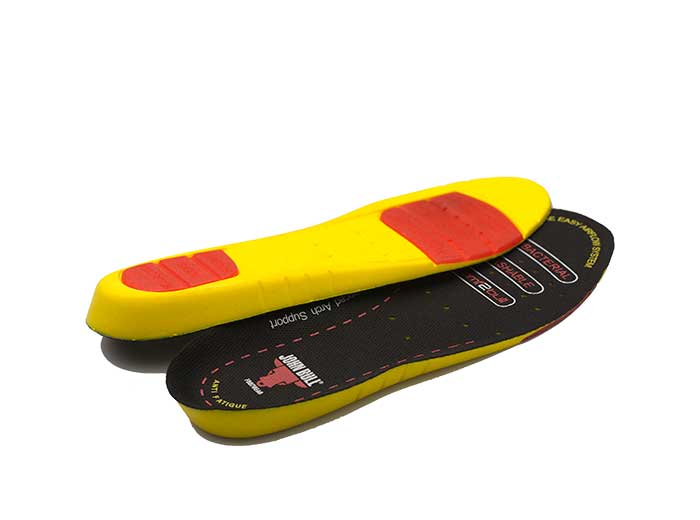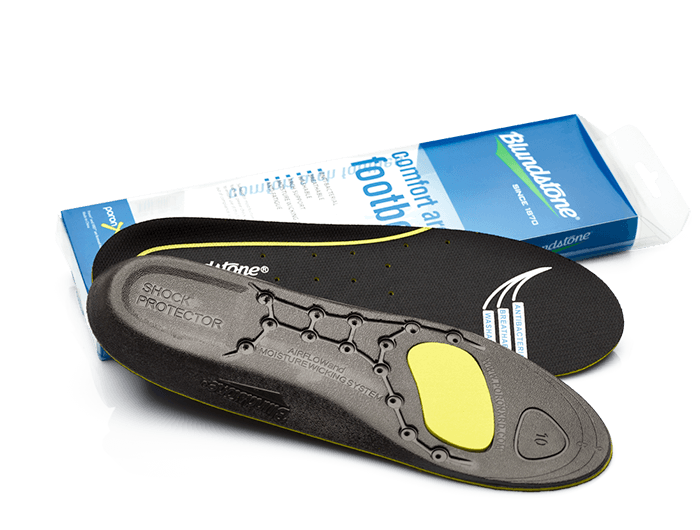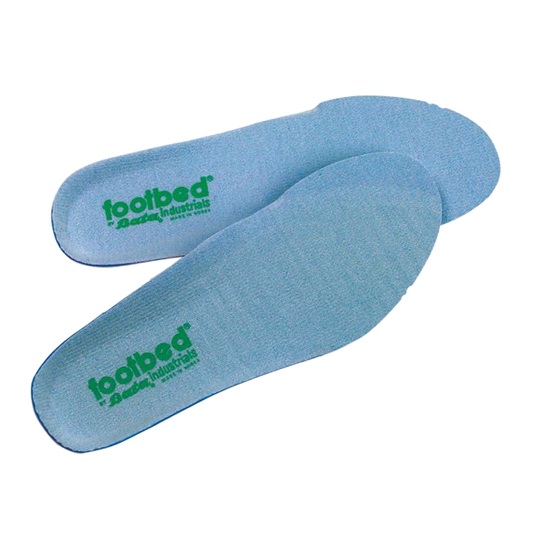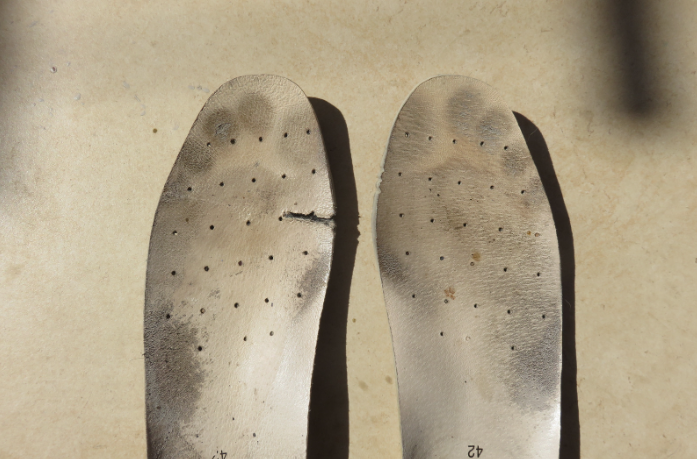Work Boots Insoles – Your Guide to healthy feet
Insoles are the main component of work boots which should deserve more attention. Caring for your work boots requires regular footbed replacement to enhance foot support, comfort, and flexibility. Continuous usage diminishes the effectiveness of insoles, leading to foot fatigue and joint pain.
Insoles typically need replacement every 6 to 9 months, especially for heavy-duty work. However, you should change them when they become compressed, torn, or emit unpleasant odours.
But is it really worth the price for your needs? And When should you replace your Work Boots Insole?
How Often Should You Change Insoles in Work Boots?
As a general rule, replace your work boot’s footbed every six to nine months with high-quality ones. If you wear them daily without breaks, change them every three to six months. However, the frequency of use and the nature of work can affect the insole’s lifespan.
Even the most comfortable work boots may require a change, indicated by certain telltale signs. Here are some common indicators to consider.
Don’t ignore the signs!
Wear And Tear
When you notice wear or cracks in your insoles, change them immediately. Using damaged footbeds with your work boots compromises their protective capabilities and can impact your productivity. Moreover, torn insoles can cause friction and harm your foot’s skin.
Compressed
Are you currently using compressed or flat insoles? Continuous use can cause insoles to become compressed, leading to reduced ankle and arch support. These worn-out inserts result in foot discomfort, fatigue, and, eventually, joint and back pain. If you find that your footbeds are not providing the same level of support or comfort as they used to, it is time to replace them.
Fading
If you notice that the colour of your insoles is fading, the logo is starting to peel off, or the heel areas are becoming stiff, it is time to replace them. Footbeds are made of materials that break down over time, and these signs indicate that they no longer provide the support and cushioning they once did.
Unpleasant Odor
Do your work boot insoles smell awful at the end of the day? This is because they absorb sweat, which can lead to smelly odours. The moisture trapped in your work boots creates a breeding ground for bacteria and fungi, which can cause fungal infections on your feet or toe gaps. It is important to change the footbed to avoid such issues.



Why New Insoles Matter
Consider using multiple pairs of insoles to extend the lifespan and maximize the benefits of your work boots. You can even repurpose the extra pairs for different uses.
Increasing The Lifespan Of Shoes
Replacing the insoles of your work boots enhances their wearability, providing comfort and support to your feet. If you have a favourite pair of work boots that look good and offer great comfort, replace the factory footbed regularly to maintain their longevity.
Posture correction
A proper footbed can help prevent pain in your knees, shins, and back.
Improper gait and poor posture can put stress on these areas, but insoles can help distribute pressure evenly throughout your feet. This ensures that your feet hit the ground at the right angle, which can help prevent pain and injury.
Life Changes
When life circumstances change, consider replacing your insoles for better support. A new footbed can offer improved comfort during pregnancy, surgery, or when dealing with medical issues. Additionally, changing the footbed can provide added comfort if your physical activities intensify.
After understanding the recommended frequency for changing insoles in work boots, make it a habit to replace them regularly. This will keep you energetic and confident during work. Don’t hesitate to change the footbed to keep your feet happy and healthy when you start noticing signs.







































